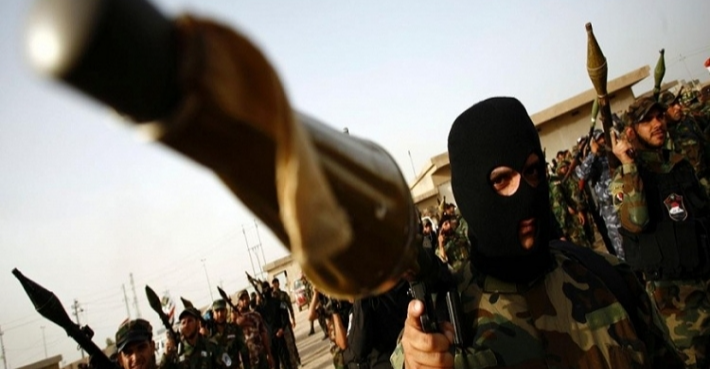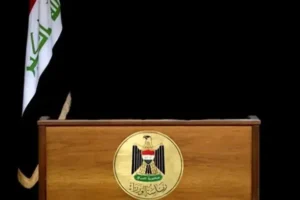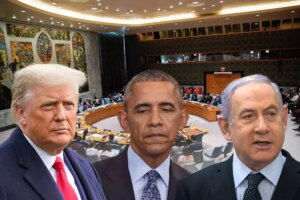
Shafaq News
Once a constant presence on the frontlines,
the region’s pro-Iranian armed factions are now less visible. Their silence,
however, does not necessarily signal defeat. Analysts warn that under
intensifying international pressure and shifting regional alliances, these
groups are recalibrating rather than collapsing—poised to reemerge when
conditions allow.
While some see the downturn as weakness,
others describe it as a deliberate pause driven by political understandings and
external constraints. The debate underscores a wider uncertainty: whether this
moment marks the fading of Iran’s regional proxies or merely a strategic
regrouping before the next confrontation.
“Not Weakness” but Political Understandings
In Baghdad, security expert Sarmad al-Bayati
rejects the narrative of decline.
“There is no weakness. Some groups in Iraq
still maintain their strength,” he explains, linking the slowdown in attacks to
tacit deals with the Iraqi government and political leaders. This restraint, he
argues, is less about eroded capacity than about calculated caution to avoid
escalation.
Al-Bayati notes that Lebanon’s Hezbollah and
Yemen’s Houthis have taken heavy hits, yet remain intact. Yemen’s rugged
geography, he stresses, has helped the Houthis preserve their command structure
despite sustained strikes.
Factions Hold Back, Not Fade Away
Another Iraqi expert, Mukhlid Hazem, also
views the lull as tactical. He points out that factions retain significant
firepower, including medium and heavy weapons, but are holding back to avoid
political blowback inside Iraq.
Hazem cautions that this equilibrium is
fragile. Continued sanctions and pressure on Iran, he says, could quickly
unravel: “If military confrontations against Iran resume, factions may open
support fronts, which is what many fear.”
Resistance in Repositioning
From Beirut, Lebanese researcher Ghaleb
Sarhan emphasizes adaptation rather than decline, portraying the apparent
retreat as part of wartime maneuvering, coordinated across what is often called
the Axis of Resistance—Iran and its allied groups, including Hezbollah, Iraqi
armed forces, and the Houthis.
According to Sarhan, Hezbollah has
restructured in Lebanon, Iraqi factions are preparing for escalation, and the
Houthis continue to launch strikes on Israel. He credits Tehran with sustaining
this strategy: “Iran, as the head of the Resistance Axis, has inflicted heavy
blows on Israel,” he says, pointing to the recent twelve-day war.
In his view, pressure only hardens these
movements: “The more pressure increases, the more resistance intensifies.”
Read more: A broader conflict in the region: Analysts divided on timing but agree on danger
A Coordinated Plan to Dismantle Militias?
By contrast, Lebanese analyst George
al-Aqouri sees a turning point, arguing that after October 7, 2023, world
powers quietly reached consensus on dismantling Iran’s armed proxies.
“There is an international consensus on this,”
al-Aqouri notes, stressing that even Russia and China refrained from blocking
the move. For him, Hezbollah’s arms are no longer a domestic debate but part of
a global push to end Iran’s “use of militias” as bargaining chips.
Al-Aqouri recalls decades of Lebanese
disputes over sovereignty: “A real state cannot coexist with parallel arms.”
Now, he argues, the regional tilt toward stability and economic recovery
strengthens calls for disarmament.
Houthis: A Different Landscape
From Sanaa, Mohammed Abdullah al-Naami, a
member of the Houthi political bureau, stresses that Yemen’s context sets it
apart.
“The conditions of Iraqi and Lebanese
factions are complicated, but in Yemen, the situation is more favorable,” he
says. Al-Naami attributes this resilience to broad Yemeni public support for
the Palestinian cause: “The Yemeni leadership is implementing the people’s will
in confronting aggression.”
He argues that this popular backing gives the
Houthis greater freedom in military and political decisions, even under
international scrutiny. That confidence was underscored Tuesday when the group
announced a new campaign targeting US oil firms, breaking a previous
understanding with Washington. Thirteen US companies, nine individuals, and two
ships were declared “hostile entities,” effectively warning they could face
attacks in the Red Sea and Gulf of Aden.
Read more: Countdown to a wider war: Why Iraq is the most vulnerable link in regional escalation
Quiet Battlefields, Uncertain Future
The perspectives diverge sharply, but they
converge on one point: armed factions are downshifting, not disappearing.
Whether this marks the erosion of Iran’s
regional network or simply a pause before a new cycle of confrontation will
become clearer in the months ahead. For now, the region sits in a tense
interlude, where silence on the battlefield may conceal the preparation for
another storm.
Written and edited by Shafaq News Staff.





